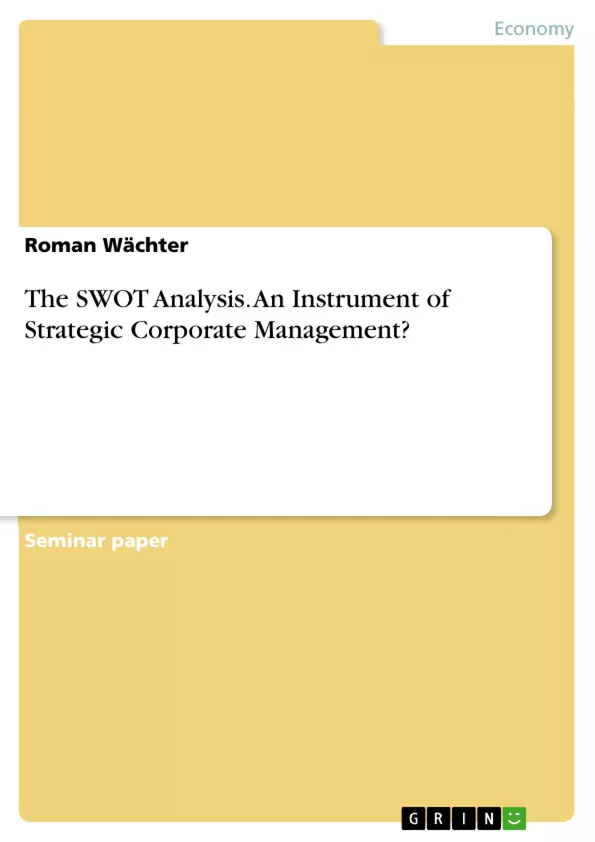Constant change is the norm. With it comes an impact on long-established thinking, methods and strategic thrusts. Across the globe, business leaders are considering where opportunities exist or where risky threats may arise. The current situation is complicated by the highly dynamic nature of the business environment, which makes it difficult to ensure ongoing resilience and the associated security of business planning. It is therefore not surprising that the global economy has been plunged into an unprecedented crisis. As a result, not only internationally operating corporations but even entire countries have been hit hard. Almost daily, these companies therefore report effects on their business figures or announce conditions that threaten their existence. Nevertheless, there is hope: There are companies that use this situation as an opportunity and, through improved positioning, will even come out of this crisis situation better than they came in.
However, since market opportunities must be identified in order to be able to exploit them successfully, indicators are needed that highlight these opportunities and, in this context, also express how the respective opportunity can be exploited. However, risks should also be revealed and the company's personal strengths and weaknesses taken into account. After all, only those who have a sophisticated strategy can face market events with confidence and achieve success in the long term. The SWOT analysis can be described as such an indicator and is therefore the subject of this work.
Inhaltsverzeichnis (Table of Contents)
- Introduction
- Problem statement.
- Objectives and structure of the work.
- Basics
- Definition SWOT Analysis.
- Company Analysis: Strengths and Weaknesses.
- Environmental Analysis: Opportunities and Risks.
- SWOT Application
- SWOT Concentration.
- SWOT strategies.
- SWOT Analysis: Instrument of Strategic Corporate Management.
- Criticism.
- Conclusion.
Zielsetzung und Themenschwerpunkte (Objectives and Key Themes)
This work aims to provide a conceptual definition of SWOT analysis and describe its practical application. It explains why SWOT analysis is an instrument of strategic corporate management.
- Definition and application of SWOT analysis.
- Importance of SWOT analysis in strategic corporate management.
- Strengths and weaknesses of the company.
- Opportunities and risks in the market.
- Derivation of long-term development and strategy development.
Zusammenfassung der Kapitel (Chapter Summaries)
The first chapter introduces the work and presents the problem statement, highlighting the constant change in the business environment and the importance of identifying opportunities and risks. The second chapter defines the basics of corporate and environmental analysis, focusing on the SWOT analysis as a tool for long-term planning. Chapter three explains how to use the information gathered from the initial analyses to develop strategies and positions the SWOT analysis within the context of strategic corporate management.
Schlüsselwörter (Keywords)
The primary keywords and focus topics of this work include SWOT analysis, strategic corporate management, company analysis, environmental analysis, strengths, weaknesses, opportunities, risks, and long-term planning.
- Quote paper
- Roman Wächter (Author), 2014, The SWOT Analysis. An Instrument of Strategic Corporate Management?, Munich, GRIN Verlag, https://www.grin.com/document/1181913



